The quadrant tile trim of ceramic, which are also commonly referred to as round edge tile trims, are designed to protect wall tiles from damage on outer corners while also rounding off the edges of the tiles themselves. They are essentially quarter-circle tile edging trims that have a vertical support piece positioned beneath the curved profile.
This gives the tile edging trims increased structural strength and makes it easier to align the tiles. These round edge trims can be purchased in pvc, stainless steel, or aluminum depending on your preference.
Ceramic tile is a versatile flooring solution that can be used in any room of the house without sacrificing its attractive appearance.
As a consequence of this, it is utilized rather frequently in public areas such as kitchens, bathrooms, and mudrooms. However, many people, particularly those who live in warmer regions, find that tile works well in the living room as well as the bedroom.

Therefore, it should come as no surprise that tiling is the superior choice. The only major negatives to this long-lasting and visually beautiful flooring option are the possibility of difficulty in do-it-yourself installation, as well as the occasional cold and hardness.
Because of its sturdy and impenetrable surface, ceramic tile does not collect allergens like dust, pollen, or filth. In the unlikely event that any of these minuscule particles do come into contact with a ceramic floor, they will be plainly visible against the surface and may be removed by wiping them away with a moist mop or sponge.
Those who suffer from asthma and allergies will find it easier to breathe now that the air is free of pollutants.
Ceramic flooring is simple to clean and maintain, particularly glazed tiles, which have a robust protective top layer that renders them impenetrable to water and the majority of stains.
Ceramic flooring is a great option for kitchens and bathrooms. Tile is the material of choice in spaces that are continually damp, such as kitchens, bathrooms, and laundry rooms, because it can withstand high levels of humidity without becoming damaged. On the surface, filth, stains, and liquids have gathered, but they are not difficult to clean up with a mop or a moist rag.
Sweeping or vacuuming with a gentle brush attachment on the vacuum is all that is required for routine maintenance to maintain the floor clean and free of dirt and other loose particles.
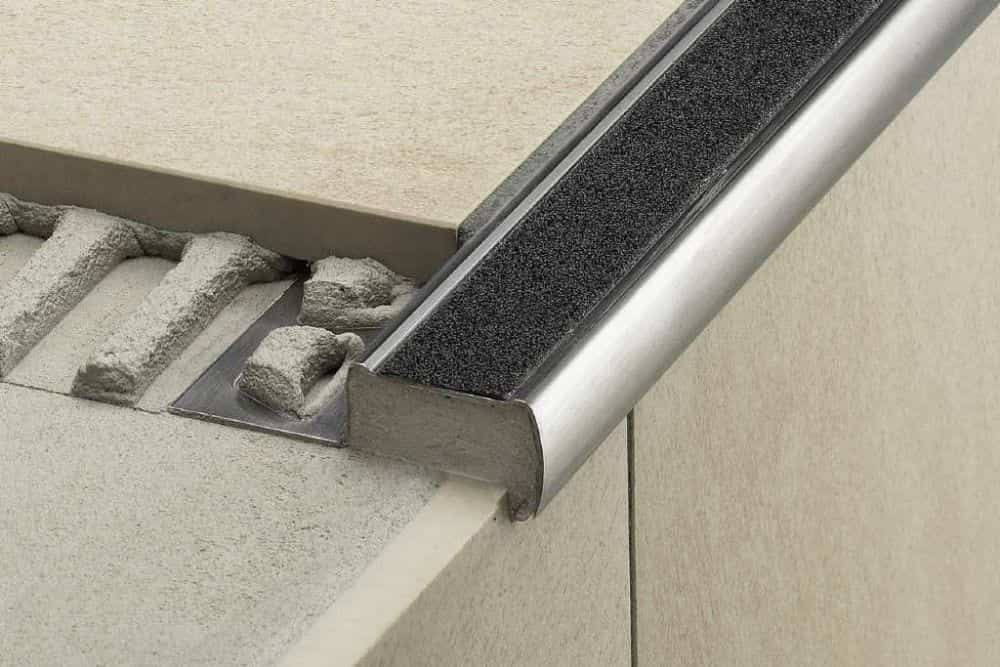
This is all that is required to keep the floor in good condition. When it comes to removing tough stains, fabrics may be cleaned with virtually any industrial strength cleaner without fear of damage.
In contrast to the majority of contemporary ceramic floor tiles, traditional Saltillo tiles do not have a glaze. It is important to seal these so that the surface is protected from liquids and stains.
In addition, regardless of the material used for the tiles, the grout that is used in between the tiles will be more prone to water and stains if it is not treated on a regular basis.
Ceramic floors are resistant to most types of physical damage; nevertheless, if they are not built correctly or if there are issues with the tile underlayment, cracks can appear in the ceramic flooring.
The lifespan of a high-quality flooring installation can be extended by hundreds of years with the right maintenance and cleaning practices. It is not a difficult task to repair or replace a single shattered tile that was produced by a significant impact.
As a result of developments in technology, manufacturers of ceramics are now able to create items using a wide variety of materials, each of which is capable of producing a unique print or impression.
You can make patterns by combining and rearranging solid tiles, or you can adorn them with one-of-a-kind motifs to make them more interesting.
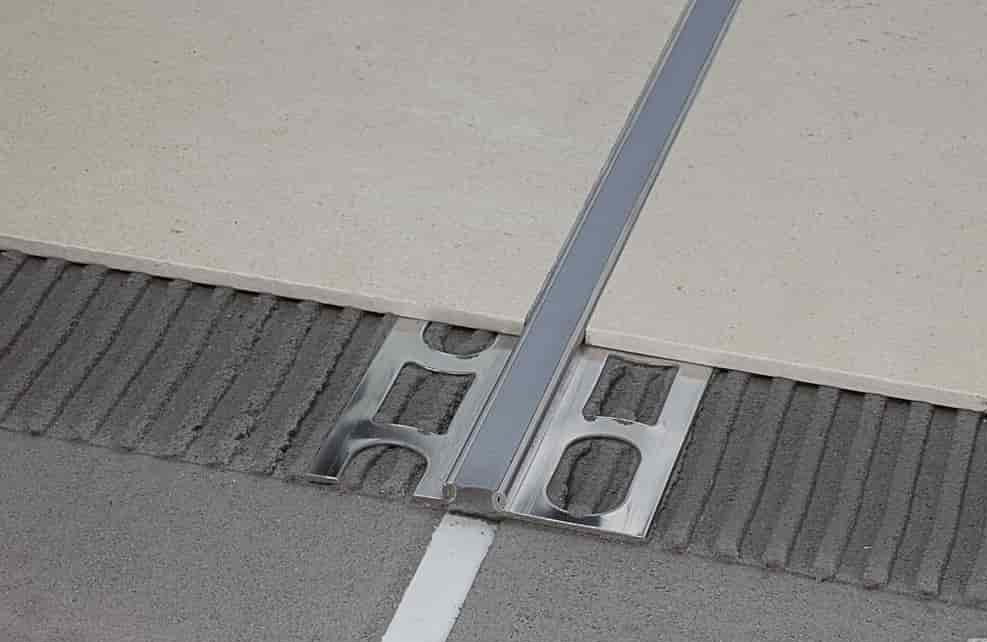
They are able to be fabricated to provide the appearance of a wide range of minerals and hardwoods. The tiles themselves can be sliced into many shapes, including squares, triangles, and planks, in addition to the aforementioned options.
Ceramic tile flooring is nearly a need in any home constructed in the Mediterranean or Southwestern style, but it fits well with any design scheme. Ceramic tile flooring is also very easy to clean and maintain.
The procedure of installing ceramic tile requires a lot of manual labor and is very complicated.
Tile is a material that may be used by do-it-yourselfers, but it is not as user-friendly as laminate or vinyl, nor is it as forgiving of mistakes as those other materials. The proper installation of tile flooring begins with the application of cement board, sometimes known as “tile backer.”
On concrete floors, tile backer is unneeded; therefore, bypassing it will save time, money, and labor. When the grout is put to the joints between the tiles, the installation is considered to be finished. This occurs after the tiles have been cemented to the backer board using a cementitious thin-set adhesive.
If a homeowner wants to attempt tile installation on their own, they should steer clear of troublesome tiles such as huge “rectified” tile, polished stone tile, natural clay, or Saltillo tile. These types of tiles are more difficult to install.
In order to avoid shattering, ceramic floor tiles of any kind require a floor structure that is both solid and strong, despite the fact that certain ceramic floor tiles may be rather heavy. Because of this, tiling may not be an option on upper stories or floors with subpar floor constructions in some cases.

Ceramic is a material that is simple to care for due to its high durability. It’s terrible that this could make standing on it uncomfortable or even painful, but it likely will.
Hard ceramics, in contrast to resilient floors, cannot be made more comfortable by padding underlayment. As a consequence of this, not all materials are appropriate for use in locations where people are required to stand for extended periods of time.
In kitchens, hardness can be a problem since it increases the likelihood that dishes will break if they are dropped on the floor.
Last but not least, the abrasive quality of ceramic tile might be a safety hazard in locations that are frequented by people who are more prone to falling, such as younger children or the elderly.
Because standing on ceramic flooring for extended periods of time can be uncomfortable, area rugs and throw rugs can be strategically placed in high-traffic areas (such as work areas in the kitchen) to soften the surface.
Even though some tiles are better at holding heat than others, the coldness that comes with winter weather can be unpleasant on bare feet in the bathroom or a harsh awakening on the first few steps of the day. Both of these situations can be avoided by wearing socks or shoes in the bathroom.
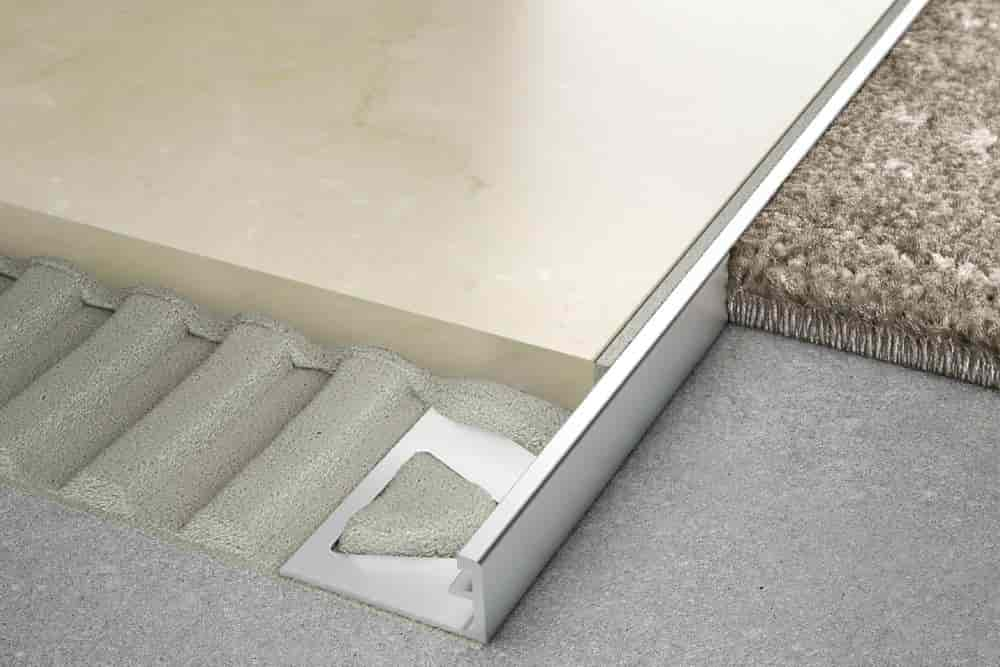
Electric mats placed beneath the tile or radiant heating installed on the floor or under the floor are the only two viable options for resolving the issue of chilly tile in a practical manner.
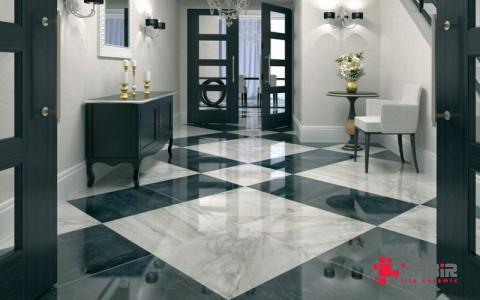
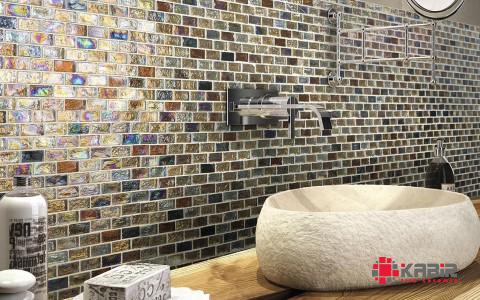

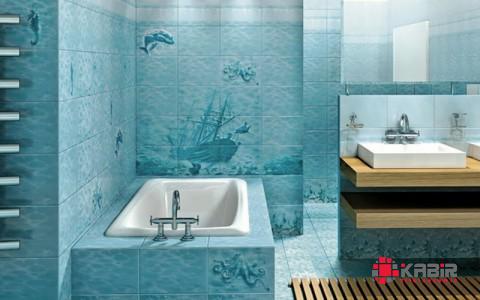
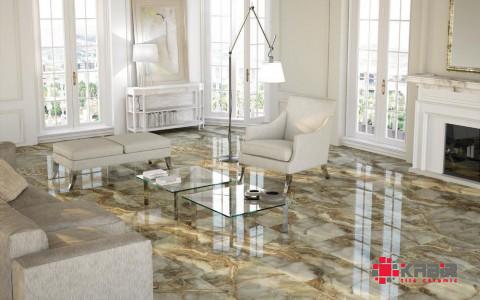
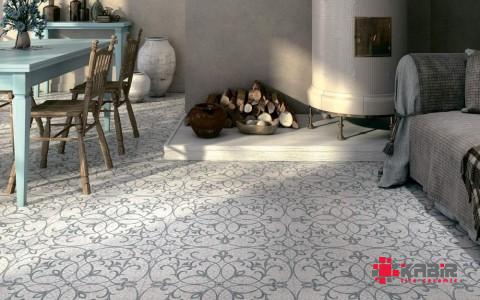
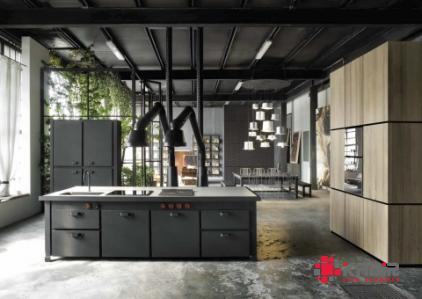
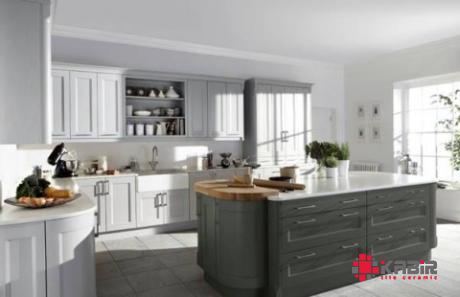
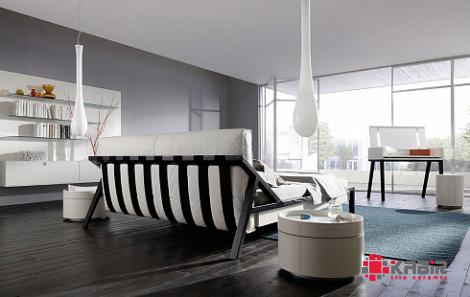
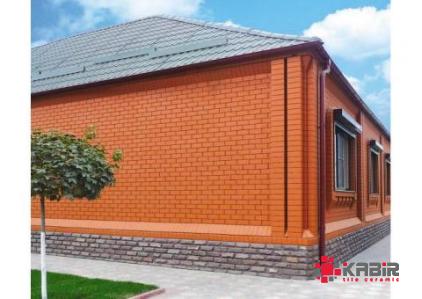
Your comment submitted.